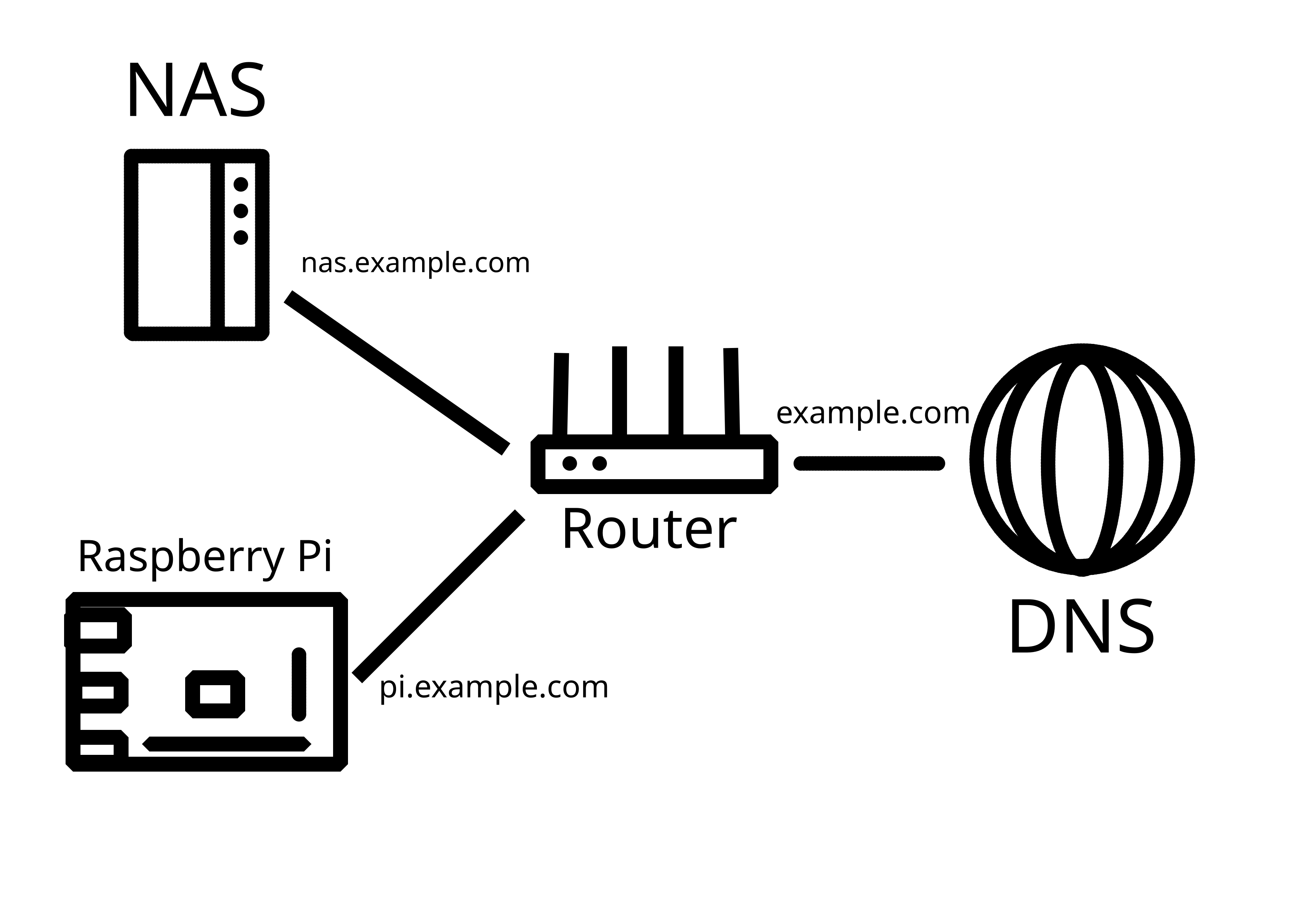Selfhosted
A place to share alternatives to popular online services that can be self-hosted without giving up privacy or locking you into a service you don't control.
Rules:
-
Be civil: we're here to support and learn from one another. Insults won't be tolerated. Flame wars are frowned upon.
-
No spam posting.
-
Posts have to be centered around self-hosting. There are other communities for discussing hardware or home computing. If it's not obvious why your post topic revolves around selfhosting, please include details to make it clear.
-
Don't duplicate the full text of your blog or github here. Just post the link for folks to click.
-
Submission headline should match the article title (don’t cherry-pick information from the title to fit your agenda).
-
No trolling.
Resources:
- selfh.st Newsletter and index of selfhosted software and apps
- awesome-selfhosted software
- awesome-sysadmin resources
- Self-Hosted Podcast from Jupiter Broadcasting
Any issues on the community? Report it using the report flag.
Questions? DM the mods!
view the rest of the comments

If you go with IPv6, all your devices/servers have their own IP. These IPs are valid in your LAN as well a externally.
But it's still important to use a reverse proxy (e.g. for TLS).
Oh, nice! So I don't have just one, but many external IPs, one for every local device?
Yes, even IPv4 was intended to give each device in the world their own IP, but the address space is too limited. IPv6 fixes that.
Actually, each device usually has multiple IPv6s, and only some/one are globally routable, i.e. it works outside of your home network. Finding out which one is global is a bit annoying sometimes, but it can be done.
Usually routers still block incoming traffic for security reasons, so you still have to open ports in your router.
Nice to know!